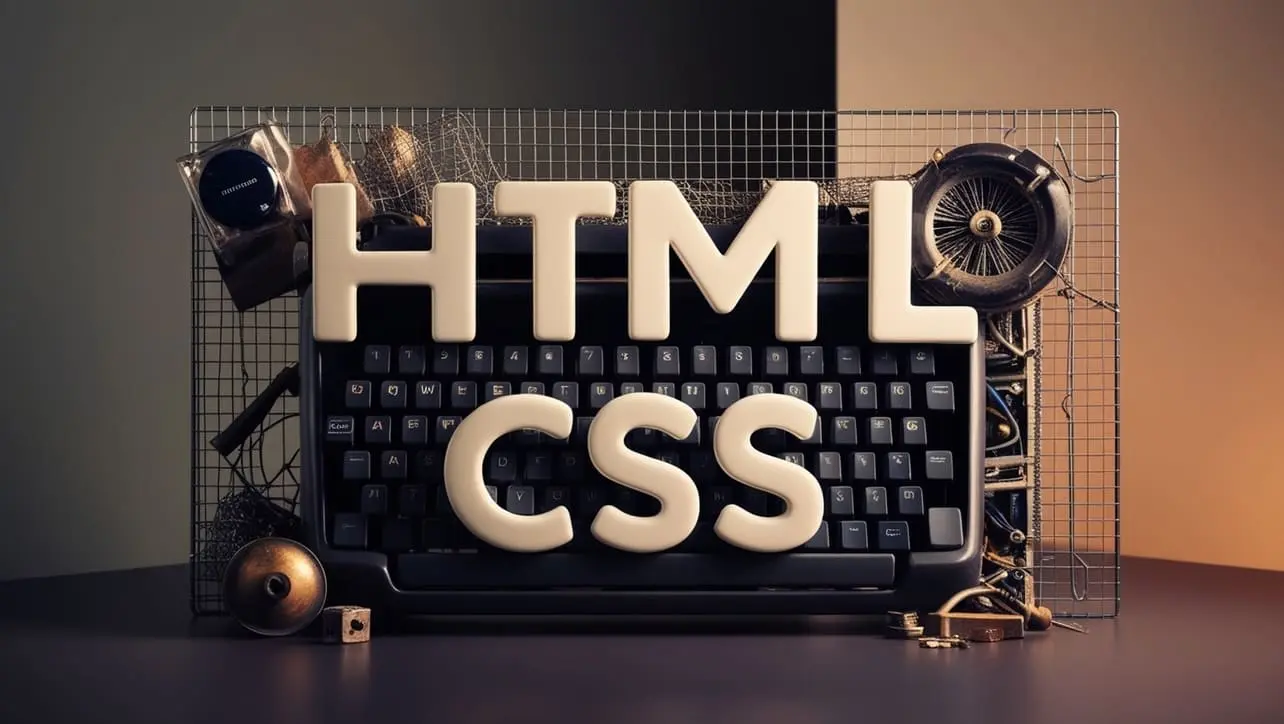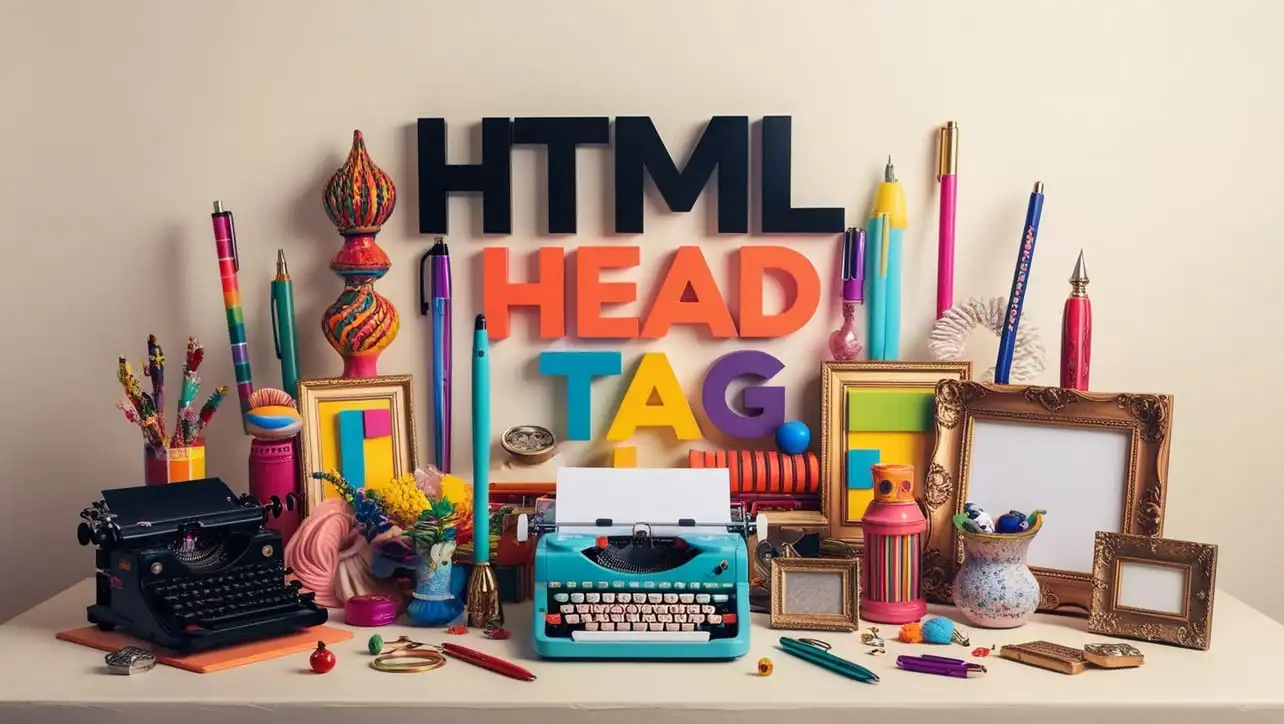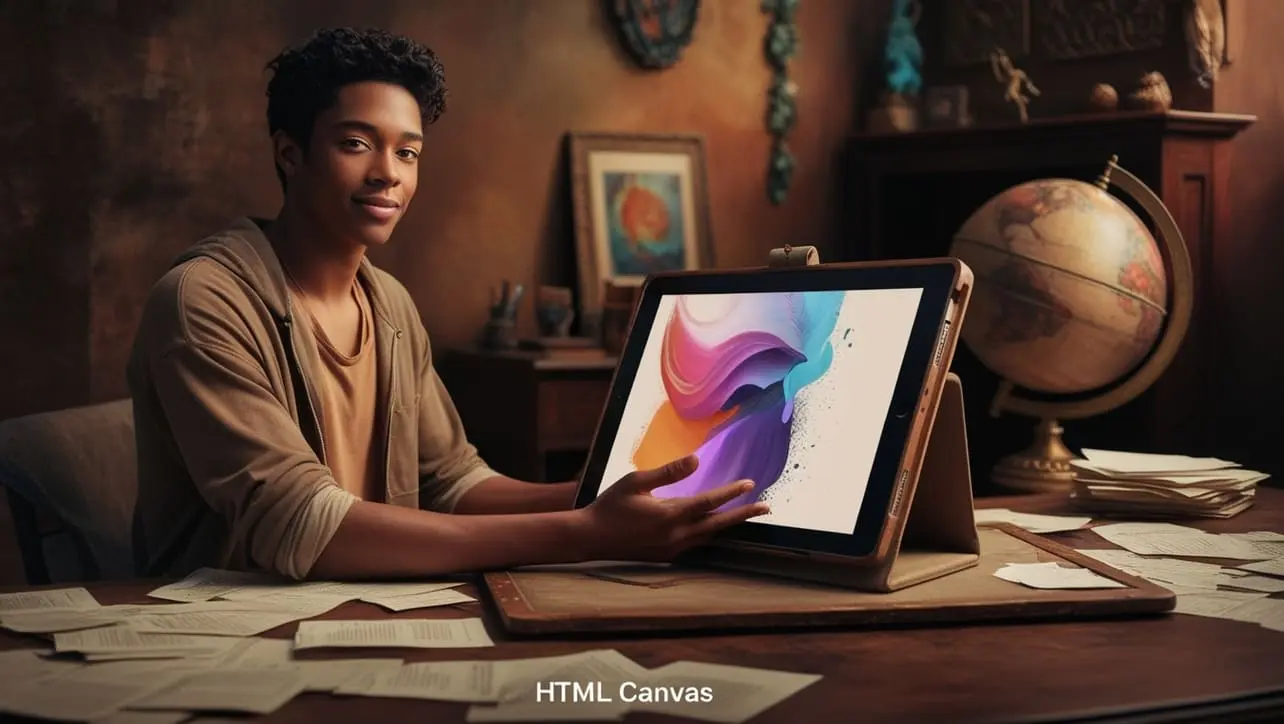
CSS Basic
CSS @media scan Property

Photo Credit to CodeToFun
🙋 Introduction
The @media rule in CSS is a powerful tool for applying styles based on specific conditions, such as viewport size, device orientation, and more. Among the various features available, the scan property is used to specify the scanning direction of the display device. This can influence how content is rendered on devices with different scanning methods, like interlaced or progressive scanning displays.
💡 Syntax
The @media scan property is used within a @media rule to define styles based on the scanning method of the display device. Here’s the basic syntax:
@media scan {
/* Styles for the scanning method */
}🏠 Property Values
- progressive: Indicates that the display device uses progressive scanning, where each frame is drawn sequentially.
- interlace: Indicates that the display device uses interlaced scanning, where the frame is drawn in alternating lines.
🎛️ Default Value
The default value for the scan property is progressive. This means that if no specific value is set, the styles will be applied assuming that the device uses progressive scanning.
📝 Example Usage
📜 Using scan Property
In this example, we’ll apply different styles based on whether the device uses progressive or interlaced scanning.
<!DOCTYPE html>
<html lang="en">
<head>
<meta charset="UTF-8">
<meta name="viewport" content="width=device-width, initial-scale=1.0">
<title>CSS @media scan Example</title>
<style>
@media scan(progressive) {
body {
background-color: #f0f0f0;
}
h1 {
color: #333;
}
}
@media scan(interlace) {
body {
background-color: #d0d0d0;
}
h1 {
color: #666;
}
}
</style>
</head>
<body>
<h1>Scanning Method Specific Styles</h1>
<p>The background and text color change based on the scanning method of the display device.</p>
</body>
</html>🖥️ Browser Compatibility
The scan property in the @media rule is supported in modern browsers that adhere to the latest CSS specifications. However, since this property is not widely used or supported in all browsers, it’s essential to test your website across various devices and browsers to ensure that the styles are applied as expected.
🎉 Conclusion
The @media scan property provides an advanced way to tailor your website's appearance based on the scanning method of the display device.
By understanding and utilizing this property, you can create more optimized and visually consistent experiences for users across different devices. Although it may not be widely supported, keeping an eye on browser compatibility and using fallbacks can help ensure a better user experience.
👨💻 Join our Community:
Author

For over eight years, I worked as a full-stack web developer. Now, I have chosen my profession as a full-time blogger at codetofun.com.
Buy me a coffee to make codetofun.com free for everyone.
Buy me a Coffee











